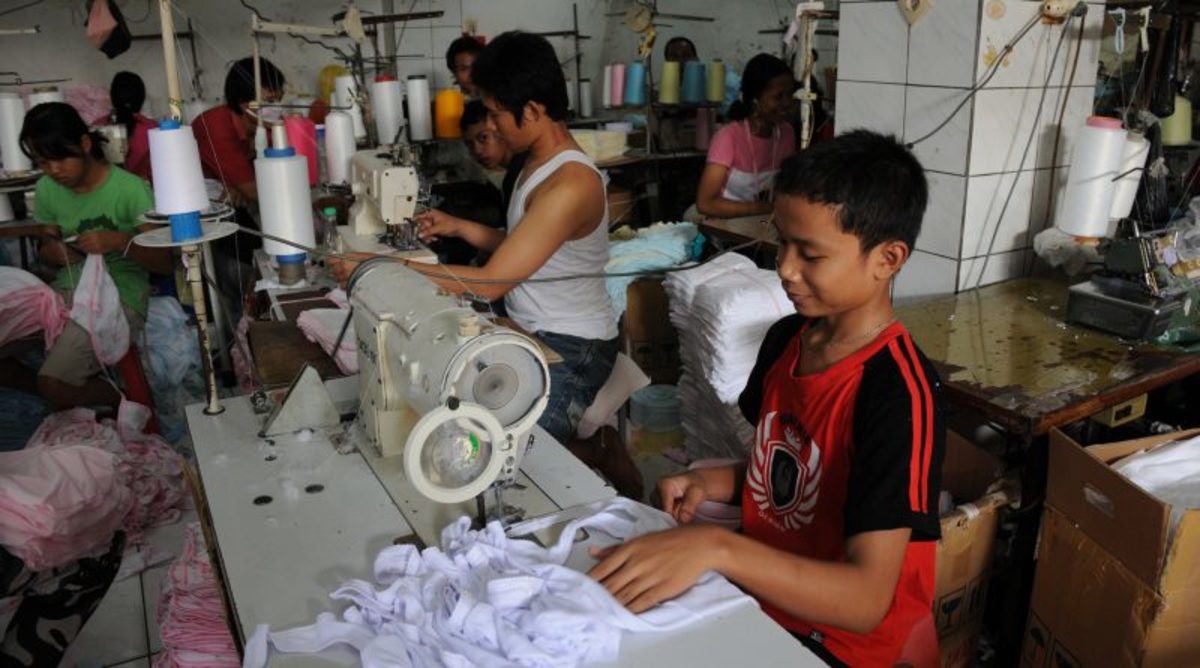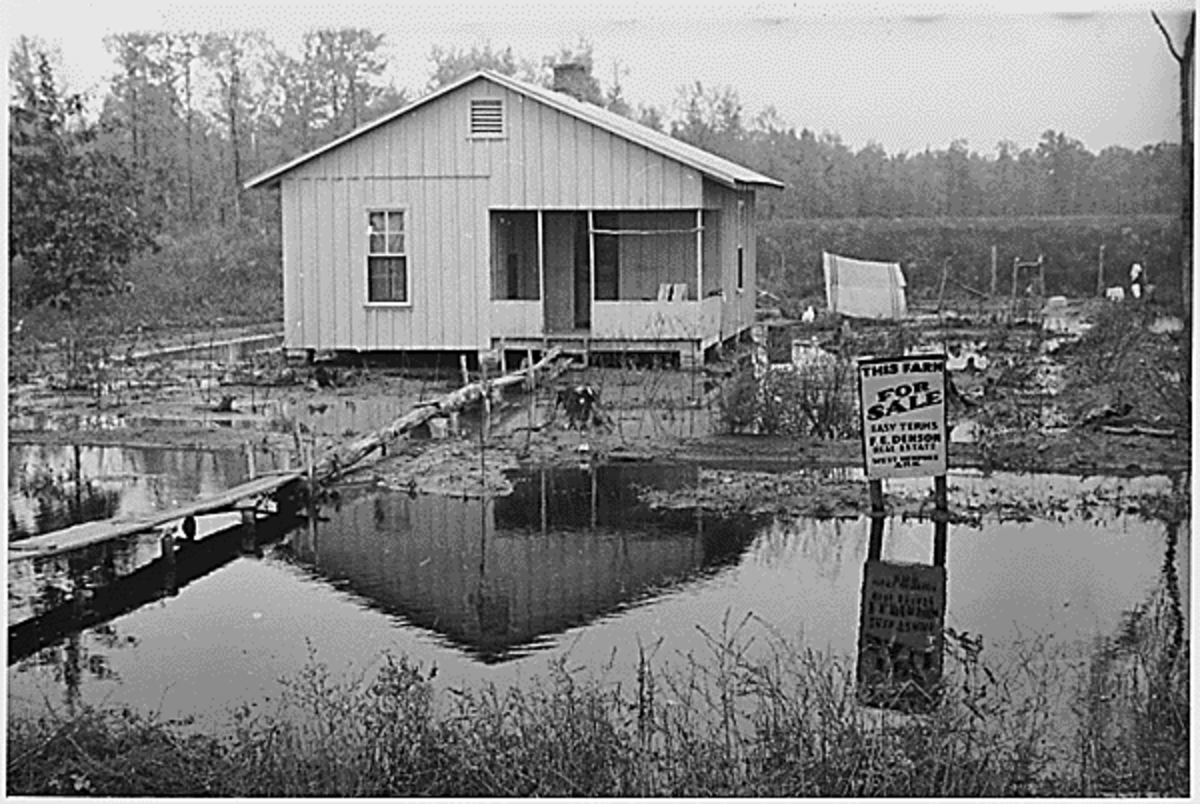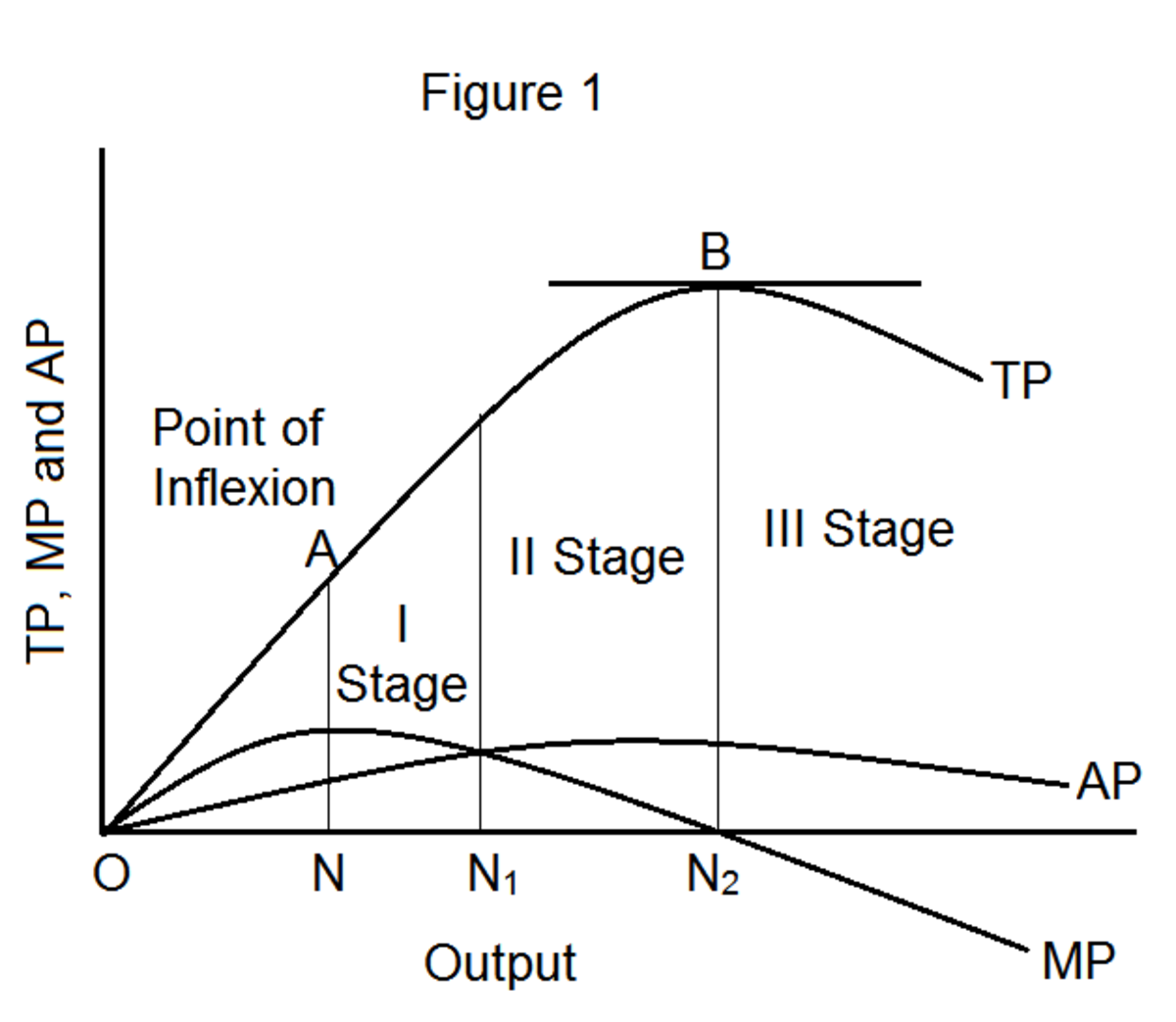Marx's Analysis of Use and Labor Value
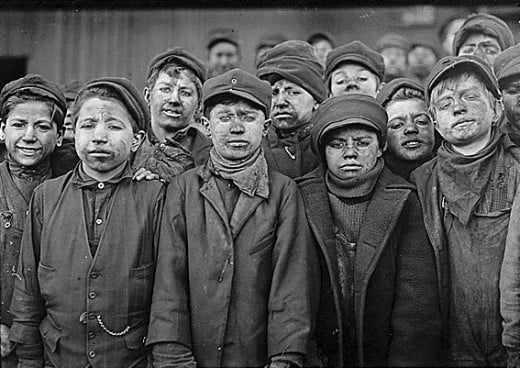

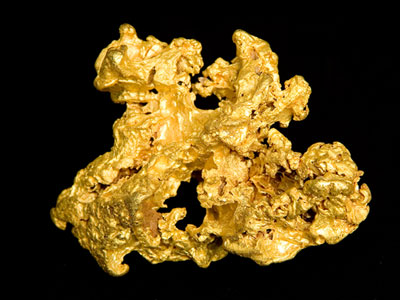
Use Value, Substance of Value and Magnitude of Value
Karl Marx thoroughly analyzed value in all of its aspects and developed a mathematics that functions behind the physical reality of our values and all exchanges. Crucial in understanding the mathematical function of capital is the first chapter of Das Kapital (Capital) where Marx detailed in written form all the functions described in equations herein. All societies from the very beginning of history, before and indeed across the breadth of species, function using some form of exchange with things that hold value to them. Whether they are naturally occurring resources that have use value, such as fresh air, fallow land, trees, berries, rain, flowing water and so forth, or natural resources worked upon and assembled into products manufactured by input of living beings resulting in production value, which can also function in exchange value, these are resources that are useful and desirable. Humans are not alone in working natural resources of use value into those of productive value and thus increasing their worth due to labor input. The humble bee manufactures hexagonal honeycomb and fills each cell with honey for the use of the hive. The wasp manufactures natural paper for the same ends of raising the next generation. The ant and termite farm other insects and fungi for food. The silk caterpillar spins a cocoon that is useful to it and human beings. The bower bird manufactures a bower out of straw and twigs to attract a desirable female for breeding. Among the natural creatures that produce things that incorporate labor value are human beings. We have made a science out of it. Not all species do this; many do not. Most species live day by day relying on use value objects alone to maintain existence.
We'll begin by defining some variables that Marx detailed in Kapital.
Let
LP = Labor Productivity
Δt = a fixed and measurable time period also defined as t2 - t1
LV = Labor Value
UV = Use Value
Vtot= Total Value (LV + UV)
W = Worth
UL = Useful Labor
C = Commodity
$ = Money
NV = Necessary Value
K = Capital
Kc = Constant Capital
Kv = Variable Capital
Sv = Surplus Value
$' or P = Profit
Thus;
Δt1 = t2 - t1 (Unit time for production)(1.1)
and
Δt2 = t4 - t3 (Unit time for production)(1.2)
LP αΔt1 ≥ Δt2 (1.3a)
LP αΔt1 ≤ Δt2 (1.3b)
Where Δt1 is a different period than Δt2
As LP → Δt1 or Δt2 being larger, then V increases (1.4)
LV α Δt1 or Δt2 (1.5)
LV α 1/LP(1.6)
UV through LP and Δt1 or Δt2 = 0(1.7)
Vtot = LV + UV(1.8)
Labor productivity is the amount of labor needed to produce value.
Use Value has fresh air, water, fallow land; trees, etc. have LP as 0, use value > 0
Use value is something every being finds in nature and represents something that needs no labor to produce. It is a given, ready to use. It requires very little labor to eat fresh berries off the stem or drink fresh water from a stream. On the other hand, to harvest berries and turn them into jam preserve for later use means that labor has to be performed and thus the time invested in producing the jam preserve increases the value above use value alone of the fresh berries on the stem as labor has been expended over time to make it. Thus labor value has been added to the use value. The finished product becomes more valuable. We esteem useful natural resources as something of value, but unless we first find and collect them, they might as well not exist. Thus use value has no intrinsic labor value until found and changed in some manner.
Extend this idea into the incorporation of more than one natural resource used in all possible combinations and permutations. As each one requires labor input to harvest, each has labor value added to use value. When processed and combined, more labor value is added and the total value increases in proportion to the total amount of time (in labor hours usually) spent on manufacturing the complete finished labor product.
According to equation 1.6, labor value falls as mechanized productivity (built by labor) increases. The machine has allowed one worker to produce as much as hundreds of workers together before the invention and use of the mechanized labor. Thus as a result, overproduction occurs and the value of the commodity falls. This is what is meant by the labor value being inversely proportionate to labor productivity. We must see this in the context of the market system under capitalism, as seen by Marx in his analysis of capitalism, where everything, even labor is a commodity to be valued according to the dictum where a surplus means a lower value where a lack means a higher value per unit. Capitalist bosses will manipulate the market in order to falsely increase the value of something during a period of overproduction. We see this also manifest in what has been called a crisis of overproduction, where surplus becomes so great, that no further labor is required until the surplus has been consumed. This in itself has serious ramifications both to the capitalist and the real producer of labor value.
Conversely, as labor productivity falls, labor value goes up. The thing that stands as a clear example of this is mining for rare resources like diamonds, gold or uranium, where a huge amount of work is required to produce a small amount of the commodity. Most of the productivity is absorbed in moving a lot of waste material out of the way to get at the naturally occurring, use value resource. In some cases, the item is so rare that more than 99 percent of labor effort is used to move away obstructions as in mining, where the waste is referred to as slag. Thus the commodity has a high value and the labor value to produce it is also high.
Next, we will examine the ideas that Marx defined in The Twofold Character of Labor Embodied in Commodities.
Reading Marx's Das Kapital
The second part of this series can be reached here
- The Twofold Character of Labor Embodied in Commodities
Labor embodied in commodities that represent surplus value has the character that the less commodity there is, the more value it has and the more commodity there is, the less value each one has. Mechanization tends to replace labor so that a laborer


